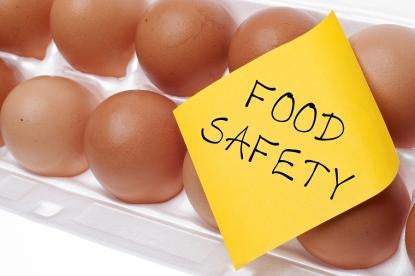On August 4, 2020, the Office of Environmental Health Hazard Assessment (OEHHA) gave notice of their proposal to amend the Safe Drinking Water and Toxic Enforcement Act of 1986 (“Prop 65” or “the Act”) by adopting Section 25505 Exposures to Listed Chemicals in Cooked or Heat Processed Foods.
Under the existing regulation for naturally occurring chemicals in foods, a chemical is naturally occurring only to the extent that the chemical “did not result from any known human activity.” Currently, chemicals in food created by cooking or heat processing are not considered to be naturally occurring in Section 25501. However, this proposed amendment draws a distinction between exposures to listed chemicals in food that result from cooking or heat processing that cannot be feasibly avoided and those that can be feasibly avoided.
In its initial statement of reasons, OEHHA states that some degree of formation of listed chemicals in many foods is unavoidable when the foods are cooked or otherwise processed with heat and that the chemicals are byproducts of the processing, as opposed to being the intended result. Although OEHHA acknowledges that certain amounts of these chemicals are unavoidable, OEHHA added that in many circumstances, the level of the chemical formed can be lowered by optimizing certain practices.
The proposed amendment states that “a person who is otherwise responsible for an exposure to a listed chemical in food does not ‘expose’ an individual within the meaning of Section 25249.6 of the Act, to the extent that the chemical was created by cooking or other heat processing if the producer, manufacturer, distributor, or holder of the food has utilized quality control measures that reduce the chemical to the lowest level feasible.” As a result, the proposed amendment establishes maximum concentration levels for listed chemicals in foods that are produced by cooking or heat processing that are deemed by OEHHA to be the lowest levels currently feasible. Concentrations of a chemical at or below the level identified for the specified products would not require a warning.
Notably, the proposed amendment includes concentration levels for acrylamide in products, like bread, cookies, crackers, potato products, prune juice, and waffles, that are deemed to comply with the proposed amendment. We note that these levels do not relate to exposures that are below the safe harbor levels for these compounds. In addition to acrylamide, OEHHA also notes that it could add other foods or chemicals in future rulemaking.
The proposed amendment would not apply to parties to an existing court-ordered settlement or final judgment establishing a concentration of acrylamide in a specific product covered in that settlement or judgment. OEHHA is accepting comments on the proposed amendment until October 6, 2020.



 i
i